Dentistry - Tooth Anatomy
1/53
There's no tags or description
Looks like no tags are added yet.
Name | Mastery | Learn | Test | Matching | Spaced |
|---|
No study sessions yet.
54 Terms
Enamel (3)
0.5mm thick
covers entire crown
contains no blood vessels or nerves
What is the formation of enamel?
Amelification by aneloblast cells
What is acellular?
has no cells and unable to repair itself if damage
What happens if enamel is damaged?
Retains plaque more easily
What is dentine?
hard dense bony tissue
makes up a large amount of tooth
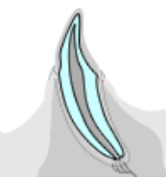
Features of dentine (3)
sensitive to pain
able to repair itself
formed throughout an animals life
Where is dentine located?
lies beneath the enamel
Pulp cavity
centre of the tooth
also known as pulp chamber
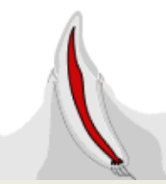
Where is pulp cavitty found?
enters the root canal by fine canals known as the apical delta at root apex
Whatt does the pulp cavity contain? (3)
nerves
lymphatics
blood capillaries
Pain/conditions related to the pulp cavity
when inflamed it will be painful
overheating from scaling/polishing can result in pulp necrosis
Location of pulp cavity
Inside the root is referred to as root canal
Roots
may be more than one root and furcation angle is where they diverge
end of the root is known as the apex
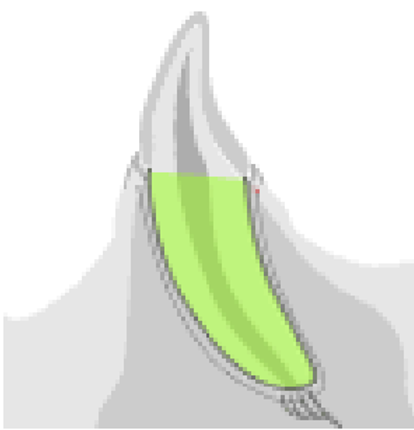
Two roots
Bifurcation
Three roots
Trifurcation
How much of the tooth is the root? (2)
60-70%
generally one and a half time longer than the crown
Periodontal ligament (2)
made of collagen fibres, responsible for suspending tooth in sockets
has both a good nerve and blood supply

What does the periodontal ligament do? (2)
attaches the tooth to the alveolus
allows movement of tooth
Cementum
Softer than enamel and dentine
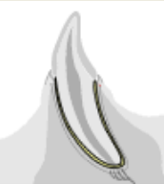
Cementum and Periodontal Ligament (2)
covers root surface and allows attachment of periodontal ligament
has no direct blood supply, but can repair and be remodelled from vessels within periodontal ligament
Gingival sulcus
very shallow groove between gingiva and tooth
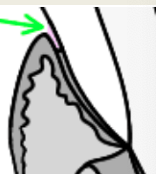
Free gingiva (2)
covers alveolar bone
protects nerve of each tooth
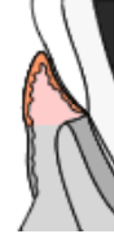
How is gingival sulcus measured?
periodontal probe
Gingival sulcus - dog (2)
small dogs = 1mm depth
large dogs = 3mm depth
Gingival sulcus
cats = 1mm depth
Mesial
surface facing towards the sagittal midline
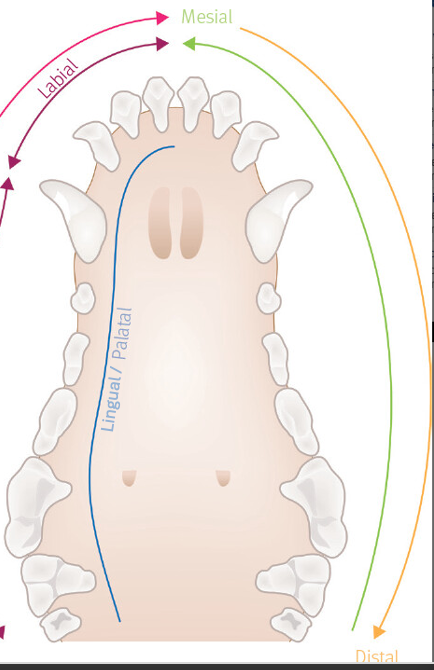
Distal
surface facing towards the rear of the mouth
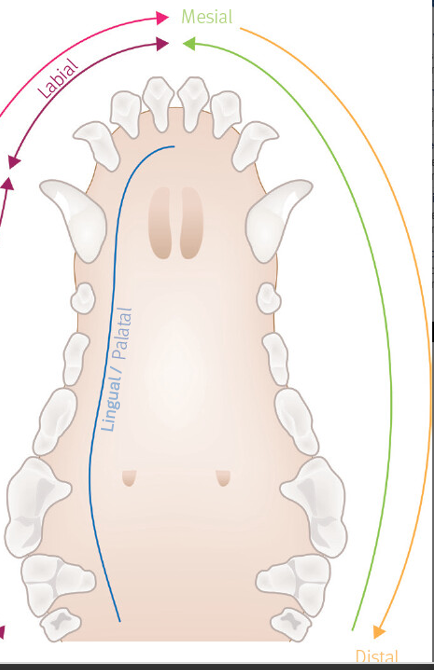
Buccal/Labial
surface facing the cheek and/or lips
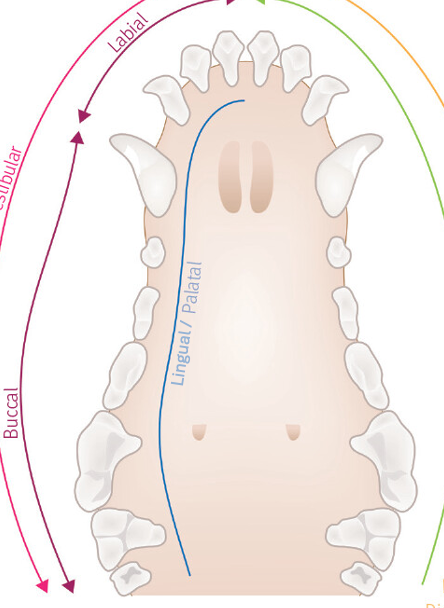
Lingual/Palatal
surface facing tongue (mandibular teeth) or palate (maxillary teeth)
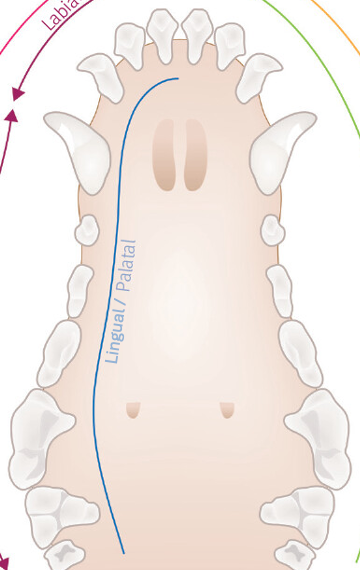
What are incisors used for?
used for grooming and shearing
Incisors
small with single root
How many incisors do cats/dogs have?
6 maxilla & mandible
Canines
large with single root
How many canines do cat/dogs have?
2 maxilla & mandible
What are canines used for?
used for tearing and grasping
Premolars/Molars have…
multiple roots
What are premolars used for and why?
sharp edge used for shearing
How many premolars do dogs have?
8 maxilla & mandible
How many premolars do cats have?
6 maxilla & 4 mandible
What are molars used for and why?
large and used for crushing
How many molars do dogs have?
4 maxilla & 6 mandible
How many molars do cats have?
2 maxilla & mandible
What is special about lagomorph anatomy?
Aradicular hypsodont teeth
What are aradicular hypsodont teeth?
Continuously growing roots
Problems that occur with aradicular hypssodont teeth? (3)
cause problems in jaw bones as crown leaves
blocked tear ducts
tooth root abscesses
Veterinary care for lagomorphs (2)
dentals normally keep teeth in correct position/shape
CT necessary for tooth extractions
What isn’t necessary for lagomorph dental? (2)
rarely full tooth extraction
scale and polish
How many incisors do lagomorphs have?
2 maxillary & 1 mandibular
How many canines do lagomorphs have?
0 maxillary & mandibular
How many pre-molars do lagomorphs have?
3 maxillary & mandibular
How many molars do lagomorphs have?
3 maxillary and 2 mandibular
Deciduous teeeth and lagomorph
Not a concern as they drop out a few days after birth
Rodents (2)
hypsodont teeth
often seen in practive for tooth re-shaping
Bearded dragons
suffer from dental disease
can have scale and polish